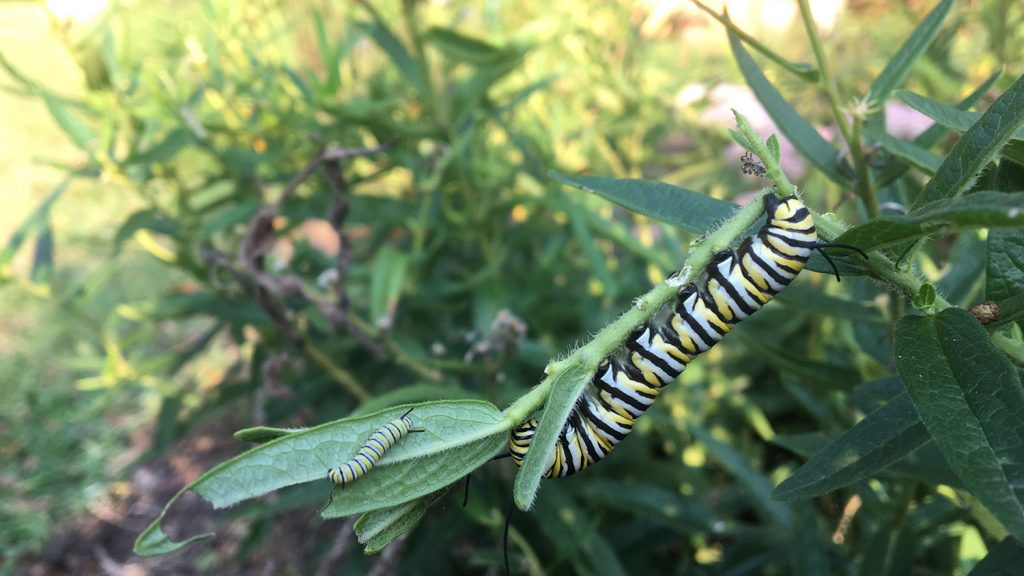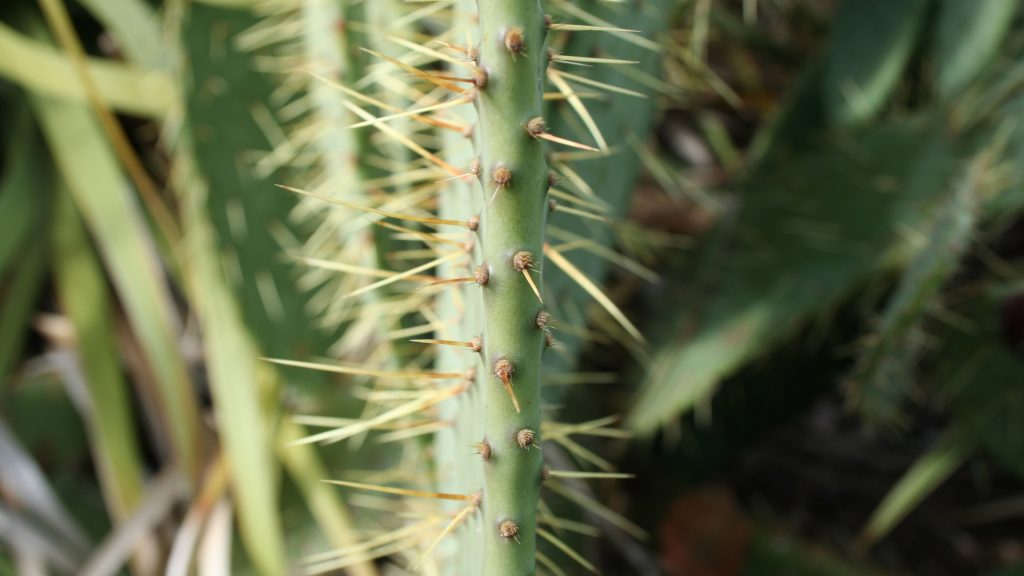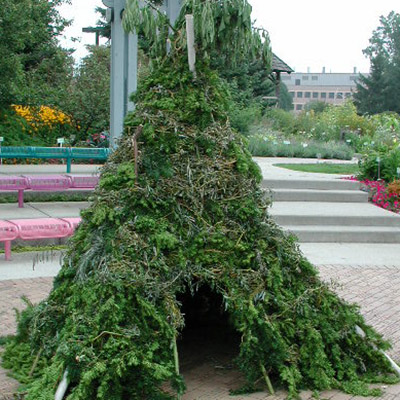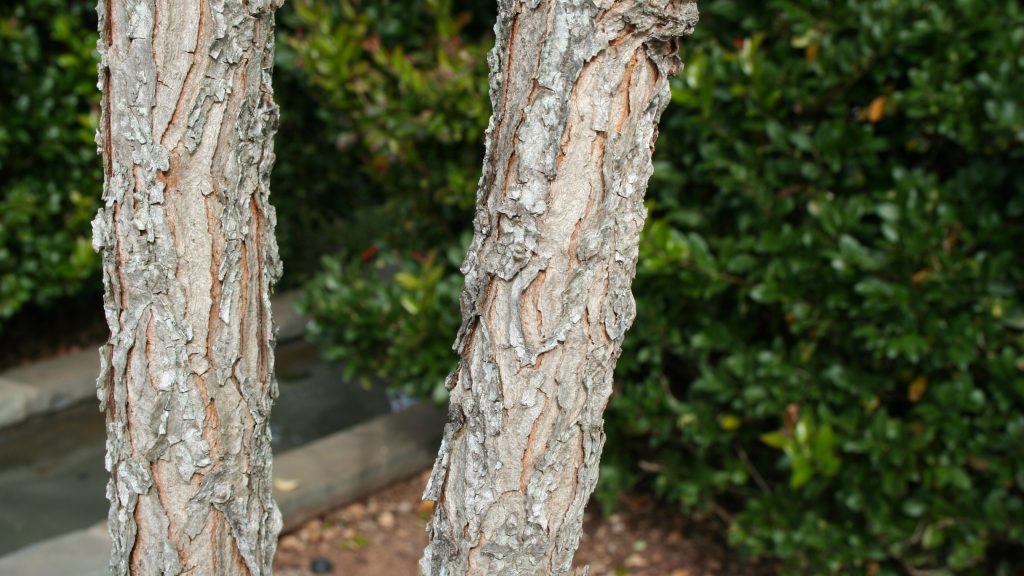Now What?

By Liz Driscoll
NC State Extension 4-H specialist
Looking for ideas to help your children continue learning, exploring — and avoid feeling cooped up — when their schools or daycare centers close? The answer may lie no farther than your backyard or nearest park.
Here are five easy outdoor activities you and your kids can try now, or any time the fancy strikes:

Investigate Insects
Take a journal and find an outdoor spot where you can carefully observe what’s around you. Look for insects munching on plants, pollinating flowers, crawling in the earth or zinging through the air. How many can you see? Sketch them carefully and note their colors, size, what they are doing and how many you notice. You can keep doing this throughout the year to see how things change with each passing season.

Stalk Strange Stems
There are some mighty strange stems in this world — stems with hairs, stems with spines, stems that are tall, stems that are square—keep a tally of your stem safari! You may find stems that behave in weird ways:
- Stems that suction themselves against a wall. These little friends have “sticky” pads that look like treefrog footpads.
- Stems that curl around something. Many stems have tendrils that can wrap something like a tree or a trellis in a big stem hug.
- Stems that ramble. These plants are born to roam and try to take over the garden as much as possible.
- Secret stems. Where is the stem on a dandelion? Some plants don’t seem to have a stem, but look close, maybe it is underground or it is so very small you have to be a super stem sleuth to observe it.
Build a Slug Hut

Slug huts are secret forts that enable the imagination to roam wild. They are places for stories, games, daydreaming, singing and relaxing. Find fallen branches and make the frame. Try an easy and sturdy teepee. You might need to secure the branches together with a bit of twine or willow branches. Scout around for shrubbery that you could weave through your frame. You can be creative in your materials here—the more natural materials you use, the better you blend in and your slug hut is camouflaged. You can also use old bed sheets or tablecloths. Bring in your books or sketchpad, and play away!
If you’re at home, get your parent’s permission first. You also shouldn’t do this in other places, like parks, unless you’ve gotten approval from the person in charge.

Hug a Tree
So many trees, so many hugs to give. Read Shel Silverstein’s “Giving Tree” – or any other favorite book in a comfortable crook of your favorite tree. Take a bark rubbing or two – or enough to make a collection! Really notice the bark. What color is it? And would you say it’s smooth, rough, shiny or papery? Any other words you can use to describe it?

Make a Mud Pie
Borrow one of mom or dad’s pie pans and gather some soil from the garden. You may need a trowel to dig deep into the earth to fill your pan. Add a little water, mix well, really, really well, keep mixing, making mud and more mud! What color is your mud pie? Can you find different soils to make different ‘flavors’ of mud pies? Any pebble toppings? Or other findings you can use to decorate? When you’re done, be sure to practice all the handwashing skills you’ve been learning lately!
Looking for More Ideas?
Check out “Mischief for Kids,” part of NC State Extension’s “Grow for It!” website. And if you can’t get outside, how does garbage-can gardening sound? Find out more online at growforit.ces.ncsu.edu/2018/10/garbage-can-gardening/
4-H also offers a great guide with lots of indoor and outdoor activities in healthy living, crafting and science, technology, engineering and math, and it’s available for free online. See 4-h.org/about/inspire-kids-to-do/activity-guide/ Parents can also find ideas in a series of videos produced by NC State’s Department of Horticultural Science.
About the Author
Liz Driscoll works for NC State Extension’s 4-H program and is a specialist in the university’s departments of Horticultural Science, Crop and Soil Sciences, and Entomology and Plant Pathology. She’s also an experienced mom.
About 4-H
In 4-H, young people make new friends, develop new skills, become leaders and help shape their communities. In North Carolina, 4-H is delivered by N.C. Cooperative Extension, a statewide outreach partnership between NC State University, N.C. A&T State University, the U.S. Department of Agriculture’s National Institute of Food and Agriculture and 101 local governments statewide.
- Categories:


